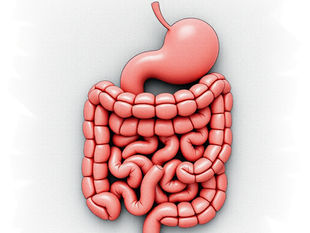
Hair Loss in Your 40s: What to Expect and How to Manage It
2 days ago
3 min read

Hair Loss in Your 40s: What to Expect and How to Manage It
Have you started noticing more hair in your shower drain? Or maybe your ponytail feels thinner than it used to? If you’re in your 40s and living here in San Jose, you’re not alone. Many people begin to see real changes in their hair during this time of life. It can feel scary or confusing, but the good news is that there are answers—and there are solutions.
Let’s break it all down in a simple, easy way so you can understand what’s going on and what you can do about it.
Why Hair Loss Happens in Your 40s
Scientists know a lot about hair loss, and most causes fall into a few basic groups:
1. Your Genes
Your family history plays a big role.
For men, this often shows up as a receding hairline or thinning at the crown.
For women, it may look like a wider part or less volume on top.
2. Hormone Changes
In your 40s, your hormones begin to shift.
Women may go through perimenopause or menopause.
Men may see changes in testosterone levels.
These shifts can slow hair growth and make strands thinner.
3. Stress and Lifestyle
Busy life in San Jose—work, long commutes, rising costs—can add stress. Stress affects the body in many ways, including your hair. Common triggers include:
Poor sleep
Crash dieting
Illness
Emotional stress
Smoking or heavy drinking
4. Health Problems
Sometimes hair loss is a sign of another issue. Conditions like low iron, thyroid problems, or autoimmune disorders can cause shedding.
What Hair Loss Looks Like in Your 40s
Here’s what most people notice:
More shedding in the shower
Thinner ponytail
Widening part
Bald spots or thinning on top
Hair that grows back slower
You might see one of these changes—or several at once.
How to Manage Hair Loss
The best part? There are ways to slow, stop, and sometimes even reverse hair loss.
1. Boost Your Nutrition
Hair needs fuel to grow strong. Try focusing on:
Protein (eggs, fish, beans)
Iron (leafy greens, lentils)
Vitamin D (sunlight, supplements if needed)
Omega-3s (salmon, chia seeds)
2. Take Care of Your Scalp
Your scalp is the “soil” where your hair grows. Keep it healthy by:
Using gentle shampoos
Avoiding tight hairstyles
Massaging your scalp to improve blood flow
3. Lower Your Stress
Even small changes help:
Take a short walk around your San Jose neighborhood
Try deep breathing
Practice mindfulness
Protect your sleep schedule
4. Explore Treatment Options
Modern treatments can make a big difference. These may include:
Topical solutions like minoxidil
Low-level laser therapy
PRP (Platelet-Rich Plasma)
Microneedling
Professional scalp treatments
Custom hair restoration solutions
A hair expert can help you figure out which option fits your situation.
When to Talk to a Hair Specialist
You should reach out for help if you notice:
Sudden shedding
Bald patches
Itching, redness, or pain
Hair loss after stress or illness
A family history of early hair thinning
Getting help early gives you the best chance for great results.
Final Thoughts
Hair loss in your 40s can feel overwhelming, but you don’t have to face it alone. With the right care and a personalized plan, your hair can look fuller, healthier, and more vibrant.
At New Look Institute, we are experts in hair restoration, scalp health, and custom solutions designed for real people living right here in San Jose. We take the time to understand your unique hair concerns and create a plan that truly works for you. Contact us today to schedule your complimentary consultation and start feeling confident about your hair again.






